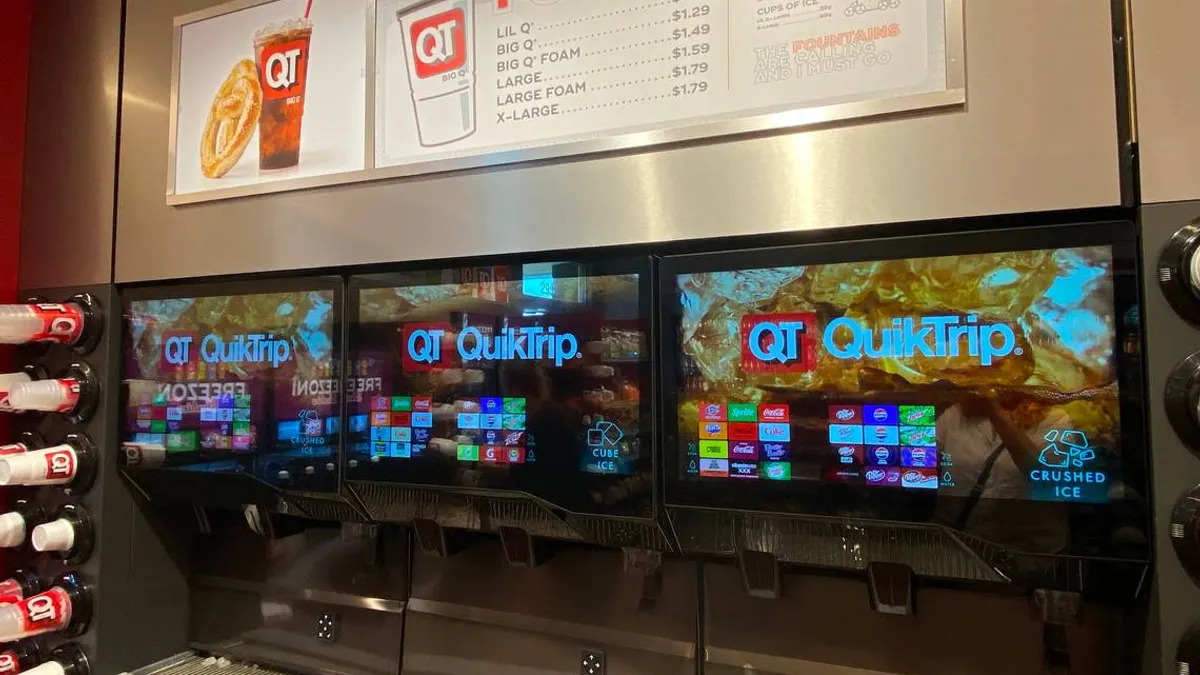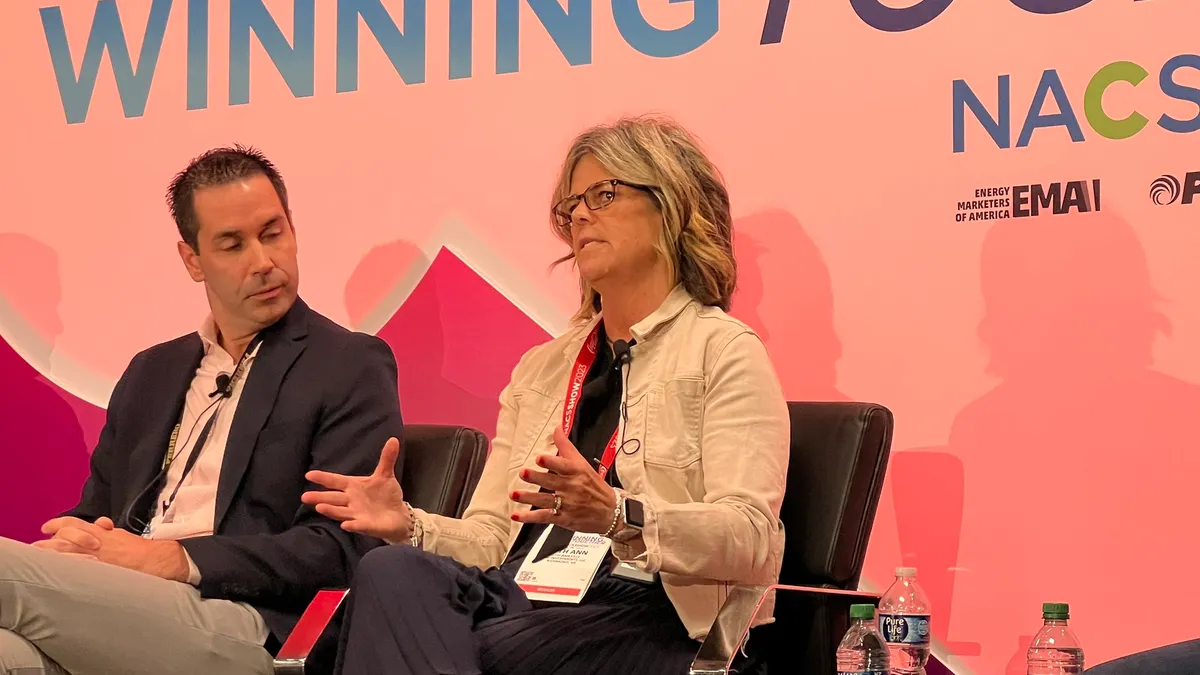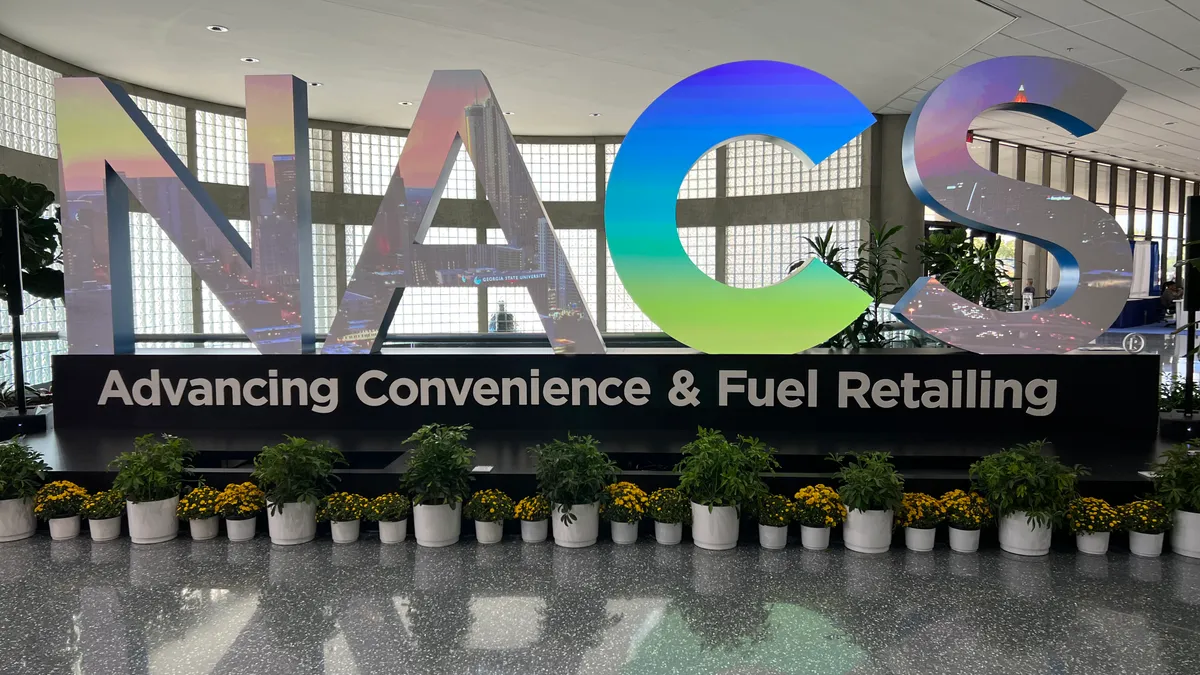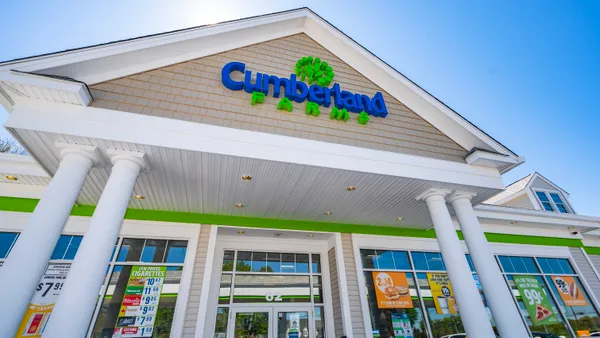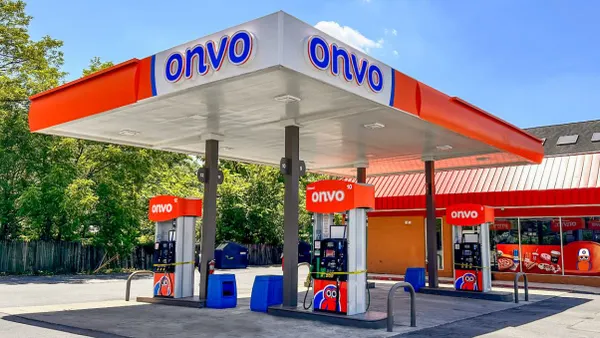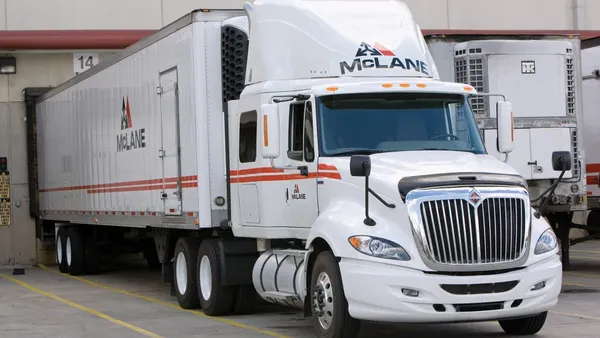For many large convenience store chains, the importance of offering made-to-order foodservice is old news. But for much of the industry — including the nearly 100,000 independent operators as well as the plethora of mid-sized retailers around the U.S. — premium foodservice is still uncharted territory.
In 2017, Baltimore-based High’s Dairy Stores, which operates 57 c-stores across Maryland, Pennsylvania and Delaware, only had one location that offered made-to-order fried chicken.
Six years later, High’s now offers fried chicken with sides like mac and cheese, potato wedges, onion rings and slaw at 27 locations, Brad Chivington, senior vice president of retail for the company, said Thursday during the NACS Show.
High’s has has also added fresh pizza and hot and cold sandwiches to its menu at various locations, as well as items specific to its Chesapeake Bay region, like crab cakes and rockfish sandwiches.
“[Foodservice] is a competitive piece that you have to have,” Chivington said. “It’s not a destination — it’s a journey. We’re figuring this out as we go along.”
Meanwhile, Waycross, Georgia-based Friendly Express, which operates 37 convenience stores in southern Georgia, also centers its foodservice platform around fried chicken. The company views other c-stores in its region as competition, as well as QSRs like Chick-fil-A and Zaxby’s that also sell the popular protein.
Although the retailer has offered fried chicken for years, it’s still constantly learning to improve in foodservice, Amy Wood, director of enterprise IT at Friendly Express, said during the session.
“Even though we’ve been doing it for a long time, we’re not experts in it,” she said.
Friendly Express has learned about optimizing foodservice layouts the hard way. Besides chicken, the company offers a full-service deli in several locations. About three or four years ago, it added the full deli to two new locations — but those delis have not performed as well as the company hoped they would, Wood said.
Wood attributed this to the demographics around those stores as being more focused on quick trips than on-site eating, and acknowledged that adding an express-style deli to these stores would have been a better option.
For High’s, expanding foodservice has required painstaking planning. Early on, it ran “site optimization” tests that observed each of its stores’ building size, traffic count, parking spaces, sales and fuel volumes to see which would be most ideal for foodservice. These tests would help ultimately decide which of its locations would require remodeling to make room for a kitchen, Chivington said.
“We did a lot of work in kitchen layout and efficiency, because it takes up a lot of space,” he said. “What are you going to sacrifice if you go and put it in?”

Once it got foodservice up and running at the first store in 2017, High’s realized it ignored a step in the process — a shortcoming it quickly fixed.
“We did nothing on the outside of the store that communicated to the customer that we’d added food,” Chivington said. “So we had to do some exterior brand imaging to call out the food piece.”
As High’s grew its foodservice program, the company launched self-checkout stations so that it could redeploy its team members around the kitchen and food operations. The retailer now offers self-checkout in 42 stores, Chivington said.
To train its team members on the new food program, the company used — and still uses — outside coordinators who work in food health and safety, Chivington said. This included offering different modules, videos, and guides to ensure proper practices were followed.
At the end of the day, foodservice, like any other element of a c-store, centers around delivering the best customer experience possible, both retailers acknowledged.
“There’s a right way to build a sandwich and a wrong way to build a sandwich, and there’s a reason why we’re teaching those components,” Chivington said.







